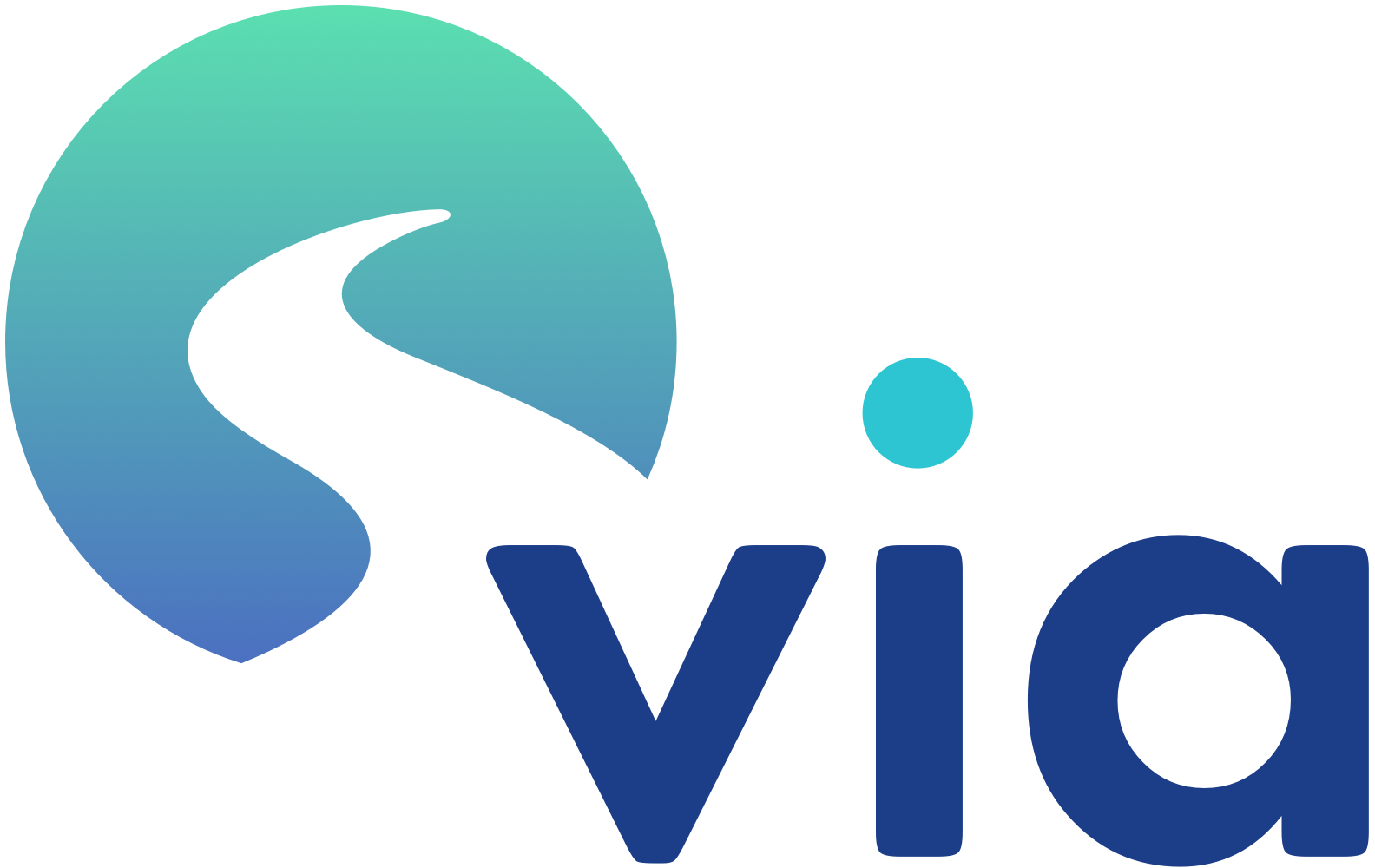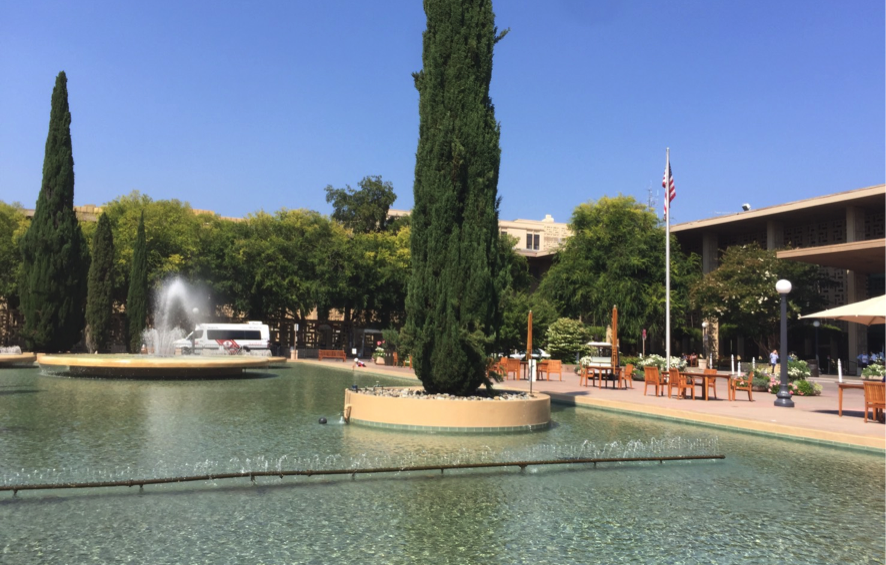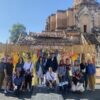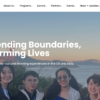Hello everyone, my name is Keita Morikawa. I’m a fourth-year medical student from the University of Tokyo. It’s been almost a week since I came to Stanford. So far, Stanford proved to be one of the best places I know to study at and live in, because of its comfortable climate, nice facilities, relatively healthy foods – if only the price were a bit cheaper! Here, I’d like to share a bit of my experiences and thoughts with you.
Through visits and lectures, we’ve had many opportunities to talk to healthcare specialists. What surprised me was that almost all the MD lecturers we’ve met this week are practicing more than one specialty. This is possible because some US medical schools offer combined residency program to train physicians who are excellent in two independent fields. I also learned that residents in this program will be board-eligible in both specialties. In Japan, to become a specialist in more than one field and maintain their licenses is so costly and time-consuming that the number of MDs who have licenses for two or more specialties is not large. However, it would be also true that any fields in medicine are not independent in and of themselves. I understand that every specialty is too deep to be easily well versed in, but this broader view on medicine should be making US healthcare somehow different from ours. I want to take a closer look at it later in this program.
Another eye-opening experience was the shadowing opportunity in Stanford Emergency Medicine. There, we found a lot of features of streamlined emergency care in Stanford. For example, patients coming in to the ER are firstly brought to triage nurses to decide which patient to treat first. They then take blood or other samples to do lab tests while they wait for doctors. Before doctors see the patients first, where the patient is now/current situation/previous medical history/who is in charge of/waiting time in ER/results on lab tests/ etc. are neatly prepared on the computer, and information is quickly reported to attendees by residents and interns. All the information is also shown on the big monitor in the room so that every staff can stay up-to-date at a glance. After that doctors go to the patients and ask questions/give treatments/explain for further treatment. I was with Dr. Tsuyoshi Mitarai, an attending at the Stanford emergency medicine. Accompanying him, we saw numerous cases in only 90 minutes – time flied. What we did was, first we listened to the reports from resident with him, and then exchange some questions about that case. After that, we went to the bedside with him and watched exams and treatments. We are asked some questions or opinions for diagnosis, which we partly could understand but could not answer. Sometimes Dr. Mitarai did a brief lecture on diseases for us. This was very helpful to understand what’ going on in the room. Conversations between doctors were super-fast that we really had a hard time following them, however, I could feel a tense but comfortable atmosphere at least – I was so excited that I almost got shortness of breath and palpitation. Every staffs moved very swiftly and there was almost no waste of time. Not a little of patients are discharged within 90 minutes from admission, which was astonishing for me. Overall, this shadowing was one of the most stimulus first-hand exposure to medicine I have ever had. I am so excited for the weeks to come.




